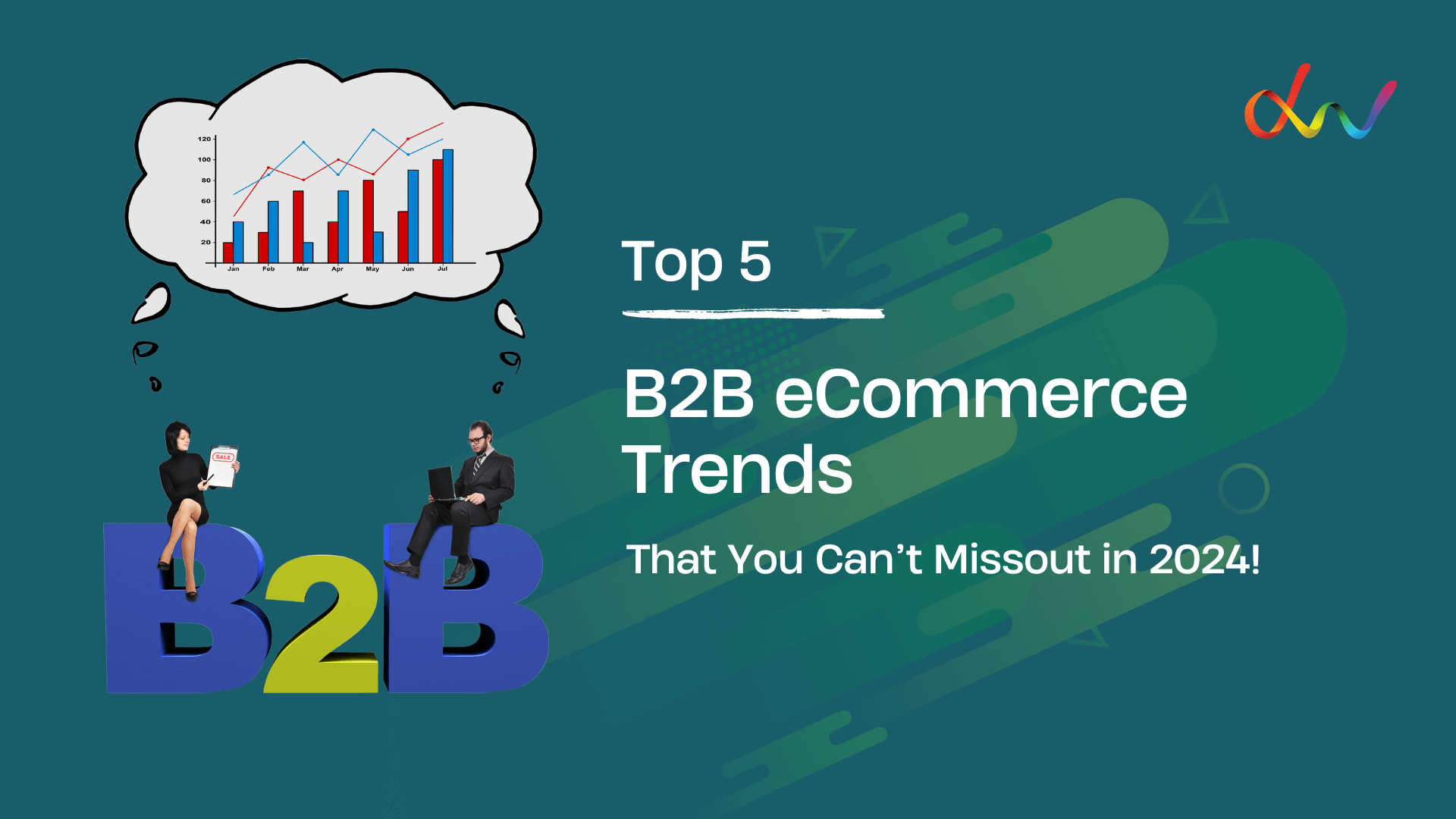
eCommerce customers expect fast, easy, and entertaining shopping experiences. Because you are asking people to spend money on your website, if they encounter even one minor issue, they probably won’t stick around, which means you are losing money. To ensure that your online store is delivering the most uninhibited shopping experience, it is beneficial to educate yourself on the common eCommerce pain points faced by many online business owners. While some pain points can be difficult for businesses to find, customers will zero in on them immediately. To help you secure more online sales, here are 7 eCommerce pain points and how to fix them.
Pain Point #1: You’re on the Wrong Web Platform
Ask yourself, would you maintain a storefront that couldn’t accommodate in-person customers? Of course not. So, why run your business on an eCommerce platform that hinders sales?
If cost is your main concern when choosing an eCommerce platform, remember that the cheapest option is (almost) always the most limited and difficult to maintain and scale over time.
For example, customization on a platform like WordPress is likely to experience complications on the backend in the long run. An overload of customization and the constant time and manpower needed to patch your site in various ways can cost more than it generates.
Redirect your focus from cost to longevity, potential to customize and scale, and overall user experience. Instead of lower upfront costs, choose a platform that helps generate maximum revenue.
QUESTIONS TO KEEP IN MIND TO ADDRESS THIS PAIN POINT: How big is your company? What are your shipping and fulfillment requirements? What plans do you have to expand? These are important items to discuss with your developer. They will be able to ultimately guide you to the platform that best fits your business needs.
Pain Point #2: Poor On-Site Product Search
Stay ahead of customer expectations. Today’s eCommerce customer base expects companies to anticipate their needs and make it easy to shop across various devices and platforms. If your site can’t show users what they need right away, you risk losing them to a competitor site that can.
Don’t lock customers into narrow product navigation. Because no two customers shop alike, provide your customers with the ability to search by as many parameters as possible, like part number, manufacturer or brand name, category, etc.
Plus, customers may be on different devices with different search capabilities. The most successful companies we work with offer the following product discovery features:
- Add a Parts Finder to your website
- Organize product data to improve search results
- Restructure your navigation to be more intuitive
- Interactive diagrams
An excellent example of a dynamic search tool is the Interactive Parts Finder developed by the team at DCW in the Pump Products online store.
Pain Point #3: Not Enough Product Information
Lack of content is one of the most frustrating problems that customers face. If they are on your website, odds are they are looking for more information on how and why this product or that service will benefit them. Customers expect:
- Short, benefit-driven product descriptions
- Relevant, high-quality images of the product or service
- Social proof (testimonials and reviews) from other customers
- Videos that give them a deeper look
This content builds trust and credibility. If they can’t find it, they might abandon their cart. The solution? Use the bullets above and add that content to your site. Remember to ask:
- Is it easy for my customers to find what they want?
- Is my content worth their time?
When you think like your customers, conversions will follow. Check out our work on detailed and effective product descriptions for a leading laboratory supplies company here.
Pain Point #4: Slow Page Speed
Slow loading times cause frustration. Frustration kills conversions. In eCommerce, attention spans are milliseconds long. You’ve worked hard to rank on the first page of Google and shoppers are rewarding your efforts with clicks. But if your content takes too long to load, they will go elsewhere.
“53% of visits are abandoned if a mobile site takes longer than 3 seconds to load. 2 seconds is the threshold for eCommerce website acceptability. At Google, we aim for under a half-second.” – Maile Ohye, from Google
The best way to eliminate this eCommerce pain point? Make your website faster. Fast load times make people (and Google) happy. Fast site = good user experience = higher conversions.
Pain Point #5: No Guest Checkout
Time is money and a customer’s time is precious. In many cases, not everyone is ready to create an account with you. They might want to test the water with a single purchase before jumping in or they may need something in a hurry and may not have the time it takes to create a full account. Forcing a customer to create an account before they can make a purchase is often discouraging. Especially if your CTA (call to action) button says ‘buy now’ but instead of taking them to check out, it asks them to create an account. That ‘buy now’ button is somewhat misleading and paying customers do not take kindly to being misled.
The real question becomes: “IS A NEW CUSTOMER ACCOUNT MORE IMPORTANT THAN A FIRST-TIME SALE?”
The answer is almost always NO, but don’t worry! You can still acquire their basic information via guest checkout.
If gaining a new customer account is still your goal, you can always ask them to create an account on the ‘Thank You’ page after they complete their purchase. You can use this script verbatim:
“Thanks for your order! We’ll let you know when it’s on the way. If you make an account we can save your shipping and card information, which will make your next purchase more convenient.”
BOTTOM LINE: offer a guest checkout option. You will boost conversions because customers will no longer feel pressured to do something they’re not ready to do in order to make a purchase.




